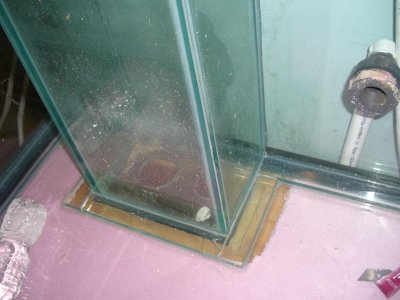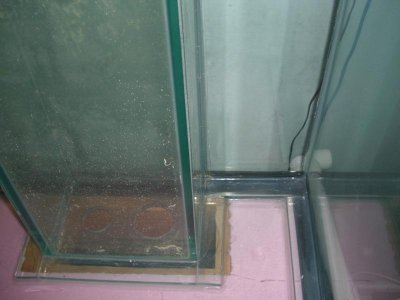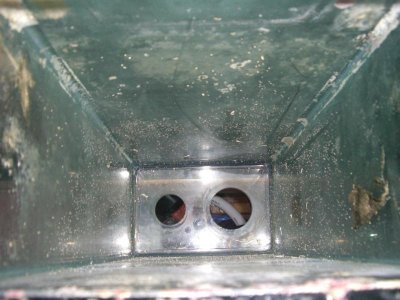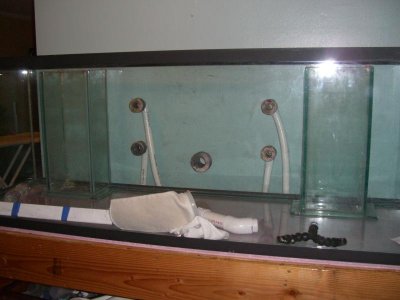uncleof6
Active member
Can this be used for a HOB overflow, without drilling the tank?
It can be yes, but only really makes sense to use the siphon and open channel for self adjustment reasons. The likely failure point is the siphon tubes that go over the back of the tank, which would render the whole thing rather useless. Redundancy in the over the back tubes would be a really good idea.
Jim






